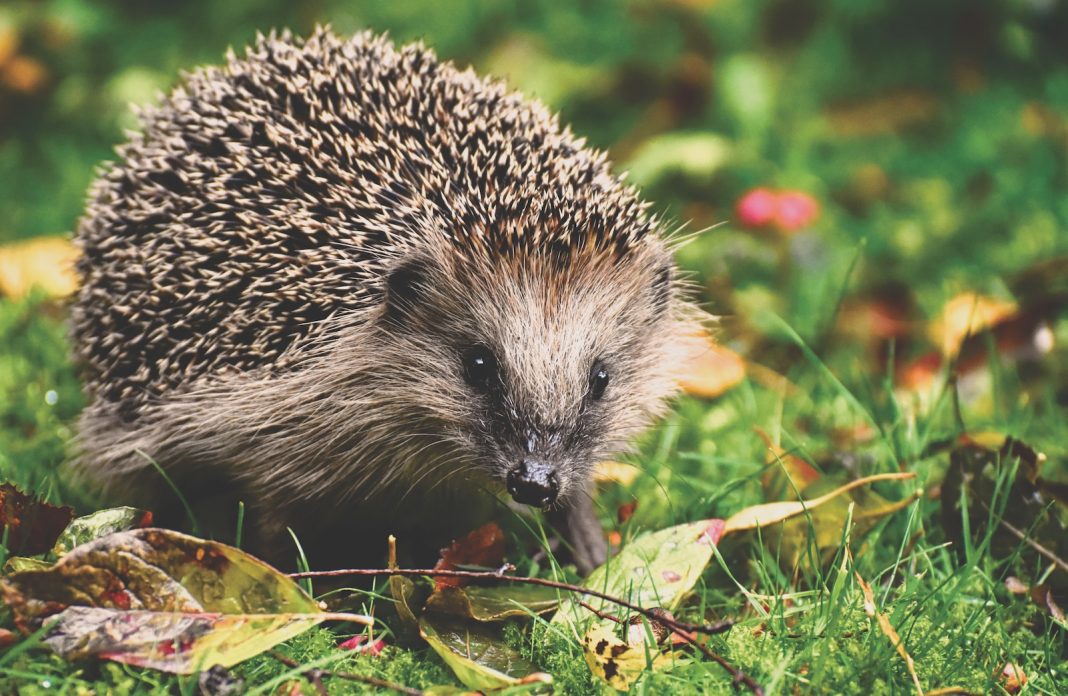In a groundbreaking revelation, a team of scientists from the Smithsonian National Museum of Natural History has disclosed the presence of five new species of soft-furred hedgehogs in the verdant landscapes of Southeast Asia. Diverging from the familiar image of prickly hedgehogs, these recently identified creatures boast a velvety exterior, capturing the attention of researchers and wildlife enthusiasts alike.
Among the noteworthy findings, two of the identified species, labeled as Hylomys vorax and H. macarong, are entirely unprecedented in scientific literature, showcasing the rich biodiversity concealed in the rainforests of Northern Sumatra and South Vietnam, respectively.
Measuring approximately 12cm (4.7in) in length, Hylomys vorax displays dark brown fur, slender snouts, and strikingly black tails. Conversely, the H. macarong hedgehogs, larger at around 14cm (5.5in), derive their moniker from the Vietnamese term for vampire (Ma cà rồng) due to the males possessing elongated, fang-like incisors. The researchers are now left to unravel the enigma surrounding the function of these distinctive fangs, prompting the need for additional investigations.
The leading author underscored that these discoveries emphasize the untapped potential for new findings, even within thoroughly studied animal groups like mammals. The team employed advanced DNA analysis to identify distinct genetic lineages, subsequently validated through comparisons with existing museum specimens.
The remaining three species, previously classified as subspecies of Hylomys suillus, have now been promoted to the status of independent species. These are designated as H. dorsalis, H. maxi, and H. peguensis, each presenting unique characteristics and inhabiting diverse regions across Southeast Asia.
H. dorsalis hedgehogs, located in the mountains of Northern Borneo, and H. maxi hedgehogs, situated in the mountains of Sumatra and the Malay Peninsula, both measure approximately 14cm in length. However, H. dorsalis stands out with a conspicuous dark stripe extending from their heads to the middle of their bodies.
The smaller species, H. peguensis, measuring around 13cm (5in), exhibits slightly more yellow fur and is dispersed across several Southeast Asian countries, encompassing Thailand, Laos, and Myanmar.
Like their spiky counterparts, these soft-furred hedgehogs are omnivores, with a diet likely comprising a mix of insects, invertebrates, and fruits. The team noted that the hedgehogs are active both during the day and night, navigating their environments that include tree roots, fallen logs, rocks, grassy areas, undergrowth, and leaf litter.
Despite these revelations, the intricate details of their natural history remain elusive due to the limited studies on these fascinating creatures. The lead author remarked, “Because they are so understudied, we are confined to speculate about the details of their natural history.”
The newfound soft-furred hedgehog species not only enrich our understanding of the diverse wildlife in Southeast Asia but also underscore the importance of continued exploration and research in unravelling the mysteries of our planet’s ecosystems. As scientists delve deeper into these remarkable creatures, the world eagerly awaits more revelations from the hidden realms of nature.


